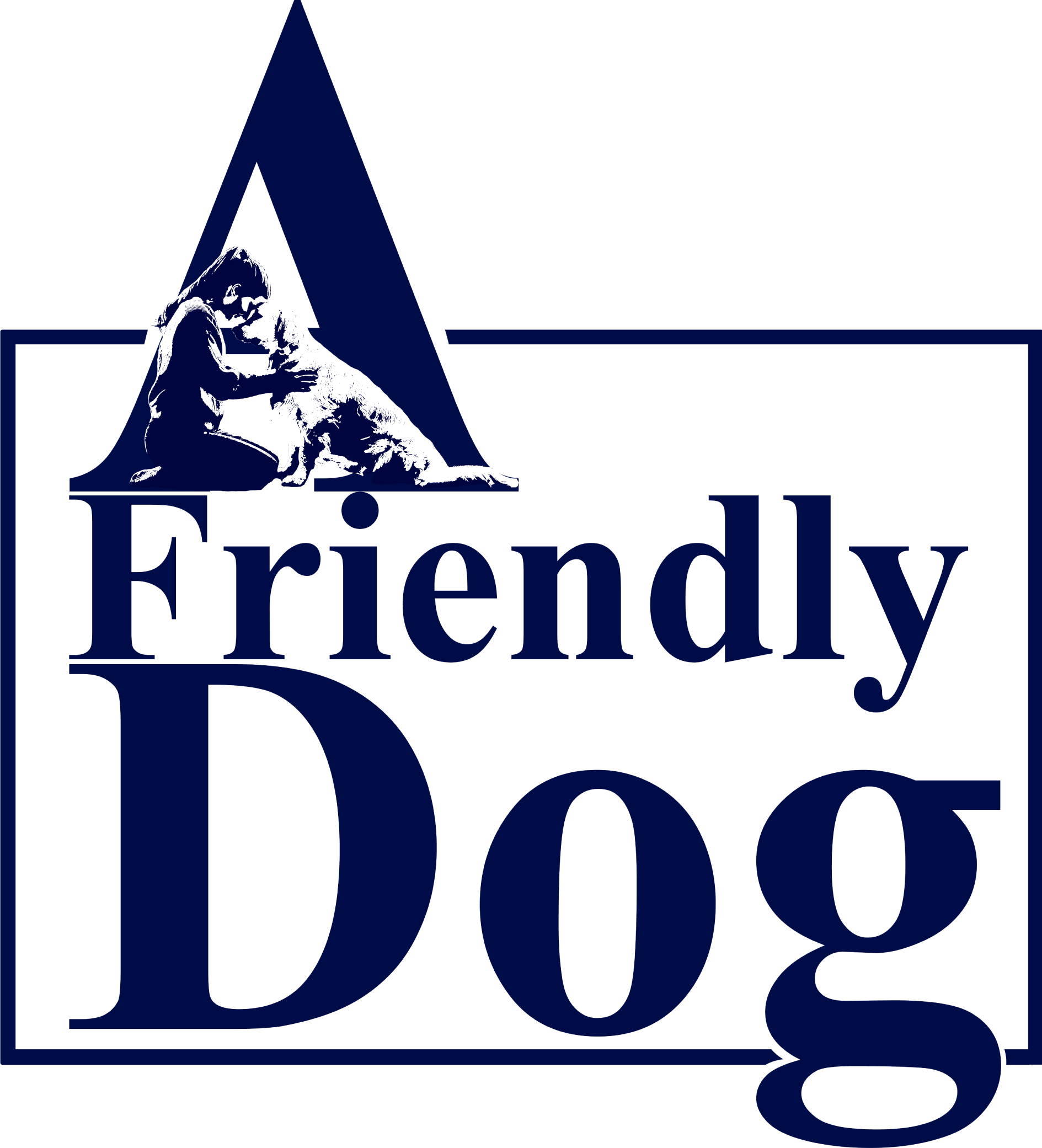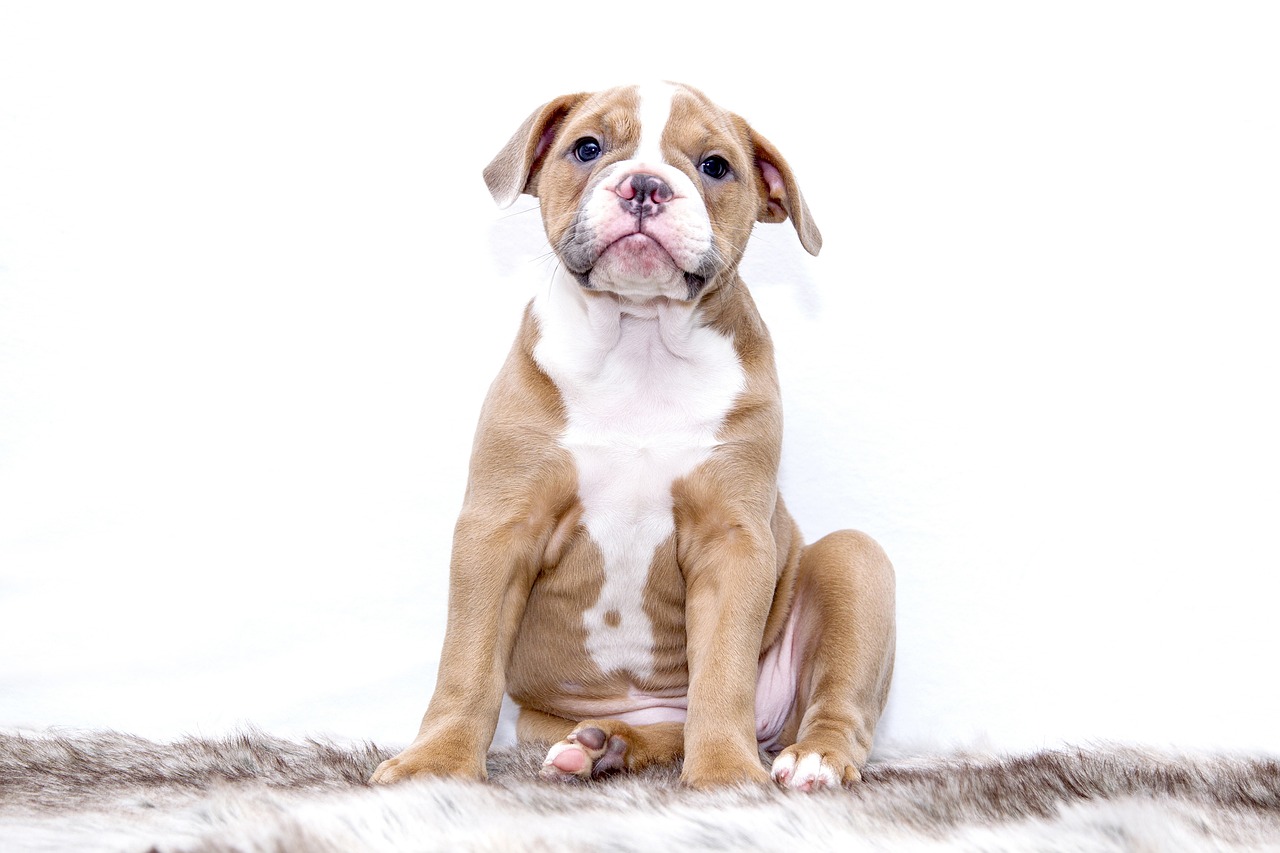Dietary changes are an inevitable aspect of any dog’s life. They simply cannot eat the same thing, at the same times, in the same way for their life’s entirety. We try to keep a schedule in a more generalized sense, never skipping meals or foregoing available fresh water, but this will change and fluctuate when it comes to the details of feeding. Whether it is an expected transition, such as switching from puppy food to adult food, or an unforeseen circumstance like an illness or food recall, knowing how to properly switch your dog’s food can facilitate a smoother transition for both you and your canine companion.
A quick switch may be necessary if your dog’s current food has been recalled, discontinued, or is unavailable, your dog refuses to eat their current food or your veterinarian advises an immediate change to a new diet. This is often the case when a dog develops food allergies or other adverse reactions. It may also be beneficial to make a quick switch if a dog is suffering from gastroenteritis or another health issue that requires prompt treatment. Unfortuntately, this cannot be avoided and any health protocol takes priority over convenience.
On the other hand, you can gradually switch your dog’s food if you have decided to change your dog’s food to one that better suits your budget, you wish to feed your dog a different type of food, such as dry versus wet, or one with grains instead of grain-free, or when you would like to try having regular, rotational diets. It is also a good time to gradually transition when your dog needs a different life-stage food, such as from puppy to adult food. If your veterinarian has prescribed a new diet, you will usually need to follow such recommends with a gradual change. This approach is suitable when a dog is being transitioned to a diet that helps manage chronic diseases like obesity, canine cognitive dysfunction, or osteoarthritis.
Understanding the proper method of switching your dog’s food can greatly facilitate the transition process. Whether it is a quick switch or a gradual change, considering the reasons behind the switch and following the guidance of your veterinarian can ensure a successful transition for your beloved pet. To ensure a smooth transition when changing your dog’s diet, it is advisable to make the change as minimal as possible. Instead of abruptly switching from wet food to dry food, for example, opt for a new wet food that your dog enjoys and gradually introduce the dry food in parts and combinations.
Analyze the ingredient list and guaranteed analysis of the old food, and try to find a new food that closely matches it in various aspects or provides even greater nutrition. Additionally, sticking with the same manufacturer can be beneficial if need be. If, at any point during the process, your dog stops eating or experiences vomiting or diarrhea, revert back to the old food and proceed with an even slower transition. If your dog’s symptoms persist after returning to the old diet, it is important to consult your veterinarian for further guidance and adapt to another product.

